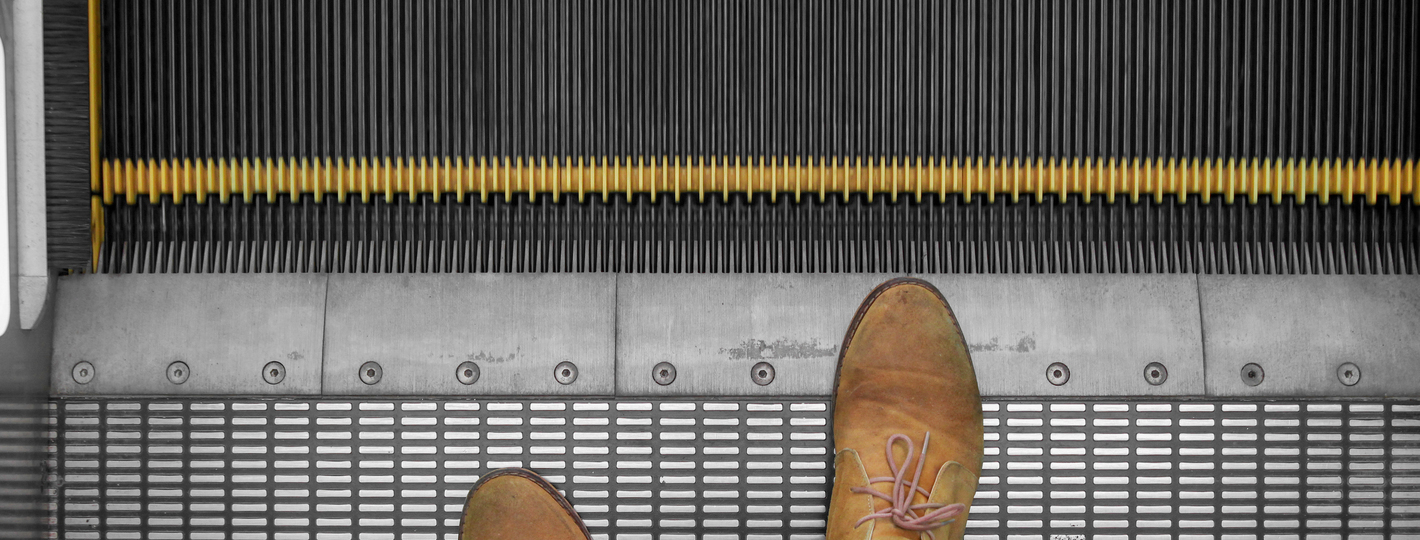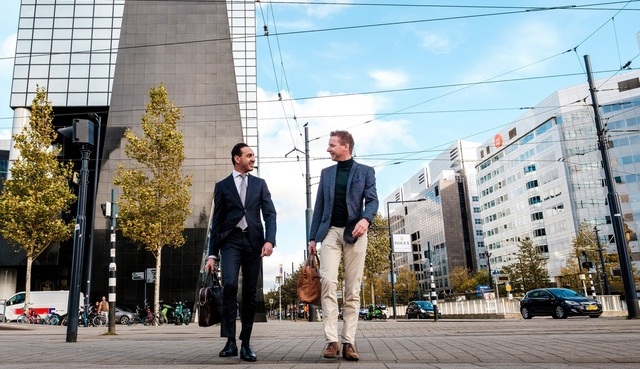
In some airports and metro stations you often hear the phrase ‘mind your step’ on escalators to warn for what’s ahead. This came to mind when studying the impact of the VAT quick fixes to be introduced in 2020: formal requirements are tightened up and ask for adequate measures in your financial/sales procedures as of 1 January 2020.
Despite all formal requirements, especially in cross border transactions, the EU Court of Justice tends to have a quite practical approach: when all material criteria are met, formal rules should in principle not frustrate for example the application of VAT-deduction or application of the zero rate. With the implementation of the VAT quick fixes as of 1 January 2020, this practical approach seems no longer sustainable. To fulfil formal requirements seems to become more important in 2020. In this blog we share our view and recommendations with regard to the first two quick fixes which bear a formal nature. The last two quick fixes are quite technical and relate to consignment stocks and the attribution of the zero rate in chain transactions. When engaged in a consignment stock- or chain transaction we recommend to contact one of our VAT-specialists.
Quickfix 1: valid VAT-number becomes a hard condition for application of the zero-rate.
The first quick fix is that a correct and valid VAT-number of the customer becomes a hard condition for the application of the zero-rate on intra-Community supplies. For intra-Community transactions we therefore advise to implement a validation procedure in the company’s sales and invoicing process to prevent any disputes or corrections with regard to the application of the zero-rate. A customers VAT-number can easily be validated on the European Commission’s website. Make a printscreen of the validated VAT-number and store the printscreen in your files.
Quickfix 2: two independent supporting documents to prove intra-EU transport
The zero rate for intra-Community supplies can only be applied when the goods actually cross an EU-border. The second quick fix relates to the required evidence for this cross-border transport. When the supplier has two supporting documents, drawn up independently from each other, the supply is presumed to be transported from one EU member-state to another. Proof of transport is for example CMR-documentation in combination with an insurance policy for the transport or a bank statement confirming the payment of transport.
Need help?
Please contact one of our VAT-specialists anytime should you have any queries with regard to the quick fixes 2020.
VAT-audit
Did you know we also perform VAT-audits regularly to scan a company’s VAT-position and compliance for risks and errors? An imposed correction by the Tax Authorities against 21% VAT and the fact that the Dutch Tax Authorities can correct a company’s VAT position retroactively with five years, can have great impact. This makes a solid and correct VAT compliance framework indispensable. Don’t hesitate to contact us to discuss the possibilities.
